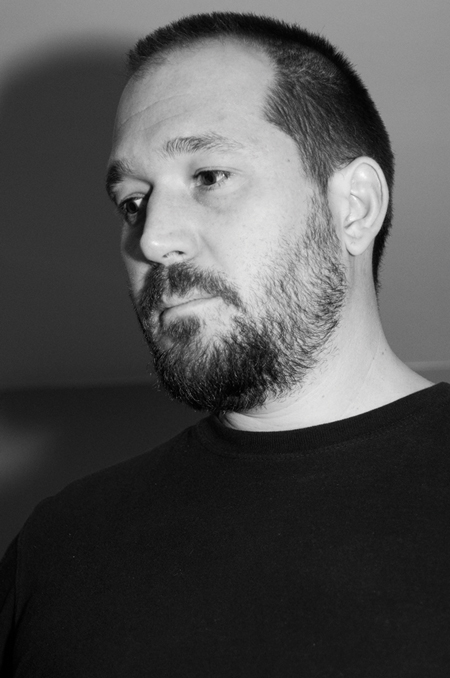A few weeks back, I was taking in my third cup of morning coffee while working on a few concept renderings when the phone rang. It was my first day back in the studio after a short whirlwind of business travel. I was in catch-up mode and completely focused on my tasks at hand when my assistant announced, “You have a buyer from Target on line one.”
 When buyers call, I get excited. A great deal of Design Edge’s growth has come from buyers recommending our services to companies in need of better design and manufacturing.
When buyers call, I get excited. A great deal of Design Edge’s growth has come from buyers recommending our services to companies in need of better design and manufacturing.
Design Edge has acquired the reputation of being a “fix it crew.” Sort of like the A-Team, but instead of blowing things up with Mr. T, I’m banging out product design and packaging alongside my awesome toy design crew. Over the years, Design Edge has worked directly with many retailers such as Walgreens, Barnes & Noble, Calendar Club, Toys “R” Us, and Walmart to name a few, but we had never worked with Target, at least not directly. Before I even said, “Hello,” I had a complete fantasy run through my head of producing millions of toys for Target.
But this was not to be. Upon answering the phone, I discovered it wasn’t a Target buyer but rather a former Target buyer turned sales rep tasked to fix a potential major problem for her client.
One of the rep’s accounts, unbeknownst to her, had sold in a line of product using smoke and mirrors. The buyer had almost bought in hook line and sinker but began to see the warning signs of possible undeliverables. The buyer liked the concept and still wanted it for her spring planogram, so she called on a friend, a former Toys “R” Us buyer, to ask for help. That buyer directed her to us.
The name of the game is margins. If a product can be designed, engineered, and produced in a way that allows everyone “to eat.” Then and only then will you have a successful item. The factory needs to make money; the company needs to make money; and the retailer needs to make money. If you squeeze the factory too hard, it will do one of two things, if not both: 1) Cost reduce the product to a quality far below the perceived value that the buyer was sold on and/or 2) Push back the production schedule in order to produce the products from other customers that it is making full margin on, forcing you to ship late. If the company isn’t making full margin, it will lose all its profits to sales commissions, testing, freight, discounts, allowances, and markdowns. If the retailer isn’t making money, it will either never place the order to begin with or sell it as a one-and-done program.
The smoke-and-mirrors approach to sales is not uncommon in the toy industry. In fact, it is probably the standard to many small- and mid-tier toy companies. Often times, samples are quickly mocked up and costs wishfully guesstimated to be as low as possible. It has always been among Design Edge’s tasks to reverse engineer concepts to a desired cost of goods in order to accomplish the margins required to ensure that a product has the best chance to survive in the retail landscape.
In the case of the potential Target order, the company who sold it in with smoke and mirrors was not very versed at the art of illusion. The quality sold to the buyer was at least double the cost. The company had no idea how the product would work. It assumed factories all over China had the mechanism required to make it work just laying around. It didn’t take into account sizing the item to standard mechanisms, requiring parts to be tooled to a larger scale at a greatly increased cost. It also didn’t consider production timelines.
Yes, certain things can be expedited, but other things can’t. If you need to ship in April, you can’t place a production order in China mid-January. Tooling takes 40 days, and without a sample produced a minimum of two weeks is added in front of that. On top of this tight timeline, Chinese factories shutdown for weeks for Chinese New Year.
Sadly, I had to turn down the project. It was a project that almost everyone involved would have lost money on.
If the company had only done some preliminary costing to begin with or worked with an engineer who understood the type of product, it could have potentially come up with a more realistic guesstimate. Instead, it created what it thought would be the best product at the best price. But it was a fantasy that if the buyer were any less astute would have destroyed people’s careers.
Matt Nuccio is president of Design Edge, a New York-based graphic design and research development studio. For more information, he can be reached at matt@designedge.net.
